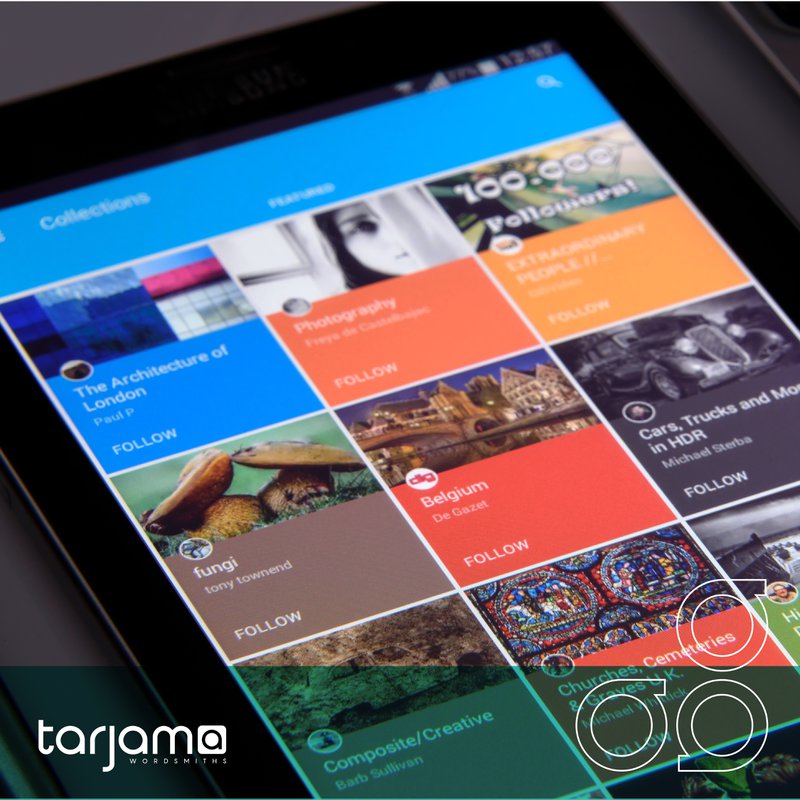Not too long ago, the only online presence a brand needed was an optimized, user-friendly website. Later on, the criteria expanded to include social media, mobile apps, search engine ads, and the list goes on and on.
Similarly, blogging has now become a staple in every brand’s recipe for impactful online presence, and with good reason.
Put simply, blogging helps you get up-close and personal with consumers in a way that isn’t possible with other platforms; it’s a golden opportunity to have a conversation with your consumers and find out what makes them tick.
However, not all blogs are created equal – so what differentiates a good blog from a great one?
1) Value-driven Content

It’s easy for companies to talk about offering value, but the key is to deliver on that promise. An integral component in any blog is to offer readers what they actually need, not what you want them to need.
Use Google Trends or similar software to identify what topics are in demand, and combine them with your knowledge of the industry to offer beneficial, hard-hitting content. By doing so, you’ll establish your position as both an industry leader and a problem-solver.
2) Engagement

After offering valuable content, incorporate a call to action to persuade readers to engage with what you’ve written. Maybe the reader wants to comment and offer their own opinion, maybe they want to share your content with others, or maybe they want to be directed to more of your blog posts.
They may even just want to comment and thank you for the useful information you offered. As long as they feel the need to interact with what you’ve written instead of observing from afar, you’re on the right track.
3) A Humanized Brand

This is the main differentiator between a blog and a website. Your consumers are no longer consumers. You aren’t trying to sell them anything; you’re having a conversation.
Think about what your brand would sound like if it were a human being and make sure to stay consistent with that tone and style when communicating with readers. This is especially challenging when there are different writers working on your blog, which is why it’s crucial to implement a branding exercise specific to your blog content.
4) Guest Blogging

One of the easiest and fastest ways to generate traffic to your blog is to publish your content on other blogs. Reach out to blogs with larger audiences where your content can gain exposure and give readers a chance to explore what you have to offer.
Not only does this drive relevant traffic, but it also helps add authenticity to your brand name; when you broaden your online presence, but you also establish yourself in a position of trust.
5) Flexibility

Consumer demands are ever-changing, and meeting them is a highly fluid process that will always require tweaks along the way. Not every blog post will go viral, and not every topic will drive traffic; look into the viewership and response rate of every blog post to see what catches attention and what doesn’t and adjust your approach accordingly.
6) Consistency

To continually engage with your audience, you need to commit to your blog and maintain consistency in terms of frequency of posting. The more posts you publish, the higher your chances of driving traffic to your site. However, it’s important to identify your brand’s ideal posting frequency so that you don’t end up publishing too much or too little. This differs depending on your target audience and industry, but it becomes easier to determine once you monitor readership trends and patterns.
7) Visuals

Nobody wants to read through big bulks of content, which is why visuals are useful in separating content into “bite-sized chunks” and capturing the reader’s attention. When incorporating visuals into your content, make sure that they abide by your branding guidelines so that they are consistent with your brand identity.
Good options for visuals include infographics that help illustrate or explain the message in your content. If you’re planning on including images, it’s best if they are original photos that deliver a sense of authenticity rather than photos anyone could find on a search engine.
The Bottom Line
Blogging is a science; it can add true value to your brand, but it needs to be studied and tested until you reach the formula that works best for you.






